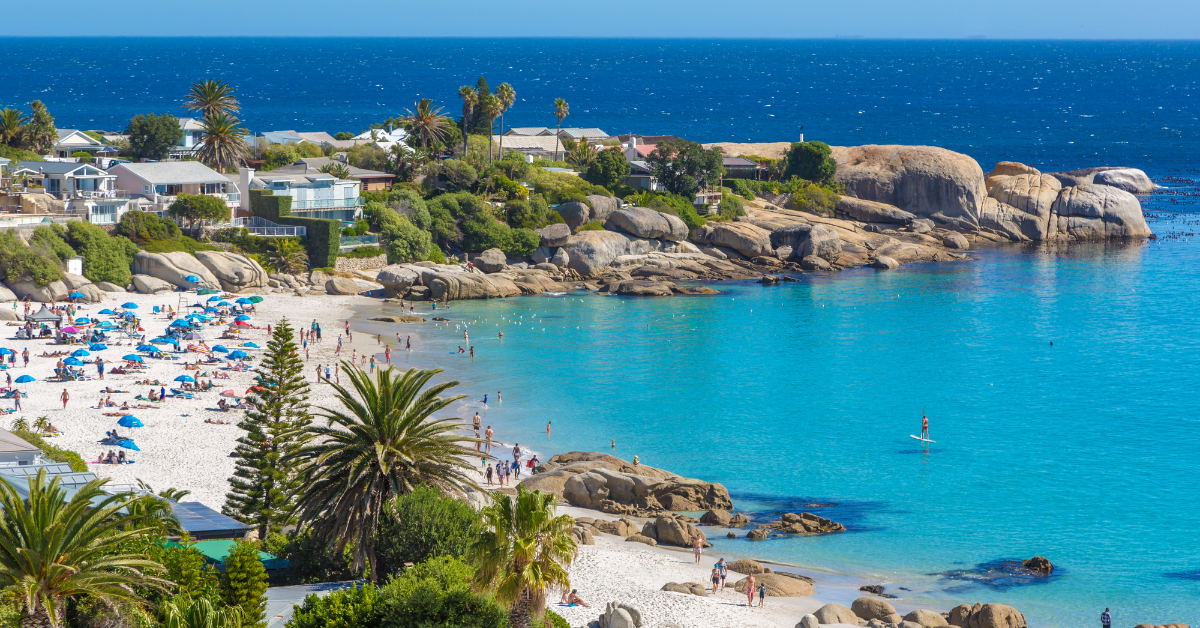Cape Town, known as the legislative capital of South Africa, is admired worldwide for its natural beauty and historical significance. Yet, unlike cities such as Tokyo or Beijing, it has no established kanji representation in Japanese. Instead, the name is typically written in katakana as “ケープタウン.” This raises the question: how do Japanese people perceive a city that is both geographically distant and symbolically close through its ties to the “Cape of Good Hope”?
The Absence of a Kanji Notation for Cape Town
Unlike Tokyo or Beijing, Cape Town does not have a fixed kanji representation. In Japanese, the standard form is written in katakana as “ケープタウン.”
By contrast, the nearby “Cape of Good Hope (喜望峰)” is widely written in kanji, as the name was transmitted through Chinese. For this reason, Cape Town is sometimes associated with “Hope” in people’s memory, though this is not official.
| Place | Japanese Representation | Notes |
|---|---|---|
| Cape Town | ケープタウン (katakana) | Standard notation |
| Cape Town (English) | ― | No kanji representation exists |
| Cape of Good Hope | 喜望峰 | Adopted through Chinese |
Impressions Japanese People Hold of Cape Town
Japanese perceptions of Cape Town can be summarized in three key aspects.
- Majestic Natural Beauty
Table Mountain and the Atlantic coastline are often introduced in travel magazines and TV shows, reinforcing the city’s image as “one of the world’s most scenic places.” - A Symbol of History and Reconciliation
With its ties to apartheid, and Robben Island where Nelson Mandela was imprisoned, Cape Town is remembered as “a place to learn about human rights and freedom.” - Tourism and Safety Concerns
It is admired as “a city one must visit at least once,” but also recognized as “a city where safety requires caution.”
Thus, for Japanese people, Cape Town is often seen as a city where beauty and unease coexist.
The Connection Between Cape Town and Sports
Cape Town is also a global hub for sports, hosting international events that attract attention worldwide.
Rugby and soccer are the most celebrated sports, and when the South African national team plays, the entire city comes alive.
- During the 2010 FIFA World Cup, Cape Town Stadium served as a key venue, leaving a strong impression on Japanese supporters.
- In the Rugby World Cup, the Japanese team’s performance gained attention both locally and internationally.
- Marathon races and surfing events are also popular, offering visitors opportunities not only to watch but also to participate.
| Sport | Main Venue | Features |
|---|---|---|
| Soccer | Cape Town Stadium | Hosted 2010 World Cup matches, including Japan’s games |
| Rugby | Newlands Stadium | Famous for matches of the Springboks |
| Marathon | Cape Town city area | Attracts runners from around the world |
| Surfing | Muizenberg Beach | Popular with both beginners and experts |
Through sports, Japanese tourists can experience both the joy of spectating and the thrill of participating.
The Cultural Background of Cape Town
Cape Town is a city shaped by multicultural influences. Since colonial times, it has served as a trading hub, absorbing cultural elements from various regions.
- Dutch, British, French, and Malay influences in cuisine
- A cityscape where multiple religious sites coexist
- The colorful houses of the Bo-Kaap district
This cultural fusion gives visitors the impression of “a Western city with African vibrancy”, a refreshing and memorable experience especially for Japanese travelers.
Tourist Spots Popular Among Japanese Travelers
Japanese travelers to Cape Town almost always visit the following iconic locations.
| Attraction | Features | Japanese Perception |
|---|---|---|
| Table Mountain | Panoramic view of the city and ocean from the summit | “One of the world’s best scenic views” |
| Robben Island | Former prison of Nelson Mandela | “A place to directly learn history” |
| Cape of Good Hope | A key point of the Age of Exploration | “A location remembered from geography textbooks” |
| Bo-Kaap District | A neighborhood with colorful houses | “Photogenic and full of exotic charm” |
Visiting the Cape of Good Hope is especially significant, as it combines both learning and emotional impact, making it one of the most memorable experiences for Japanese tourists.
Conclusion
There is no official kanji notation for Cape Town. In Japanese, the standard representation is “ケープタウン” in katakana. While the nearby “Cape of Good Hope” is written in kanji due to its historical transmission, this does not apply to the city itself.
For Japanese people, Cape Town is associated with spectacular natural scenery, the legacy of apartheid, and a multicultural cityscape. At the same time, concerns about safety and its physical distance make it a city of both admiration and hesitation.
Through international sports events and local cultural experiences, however, Cape Town also emerges as “a city that connects Japan with the world.”
Ultimately, Cape Town remains for Japanese travelers a place of learning, admiration, and challenge, leaving a lasting impression with its many-layered appeal.






